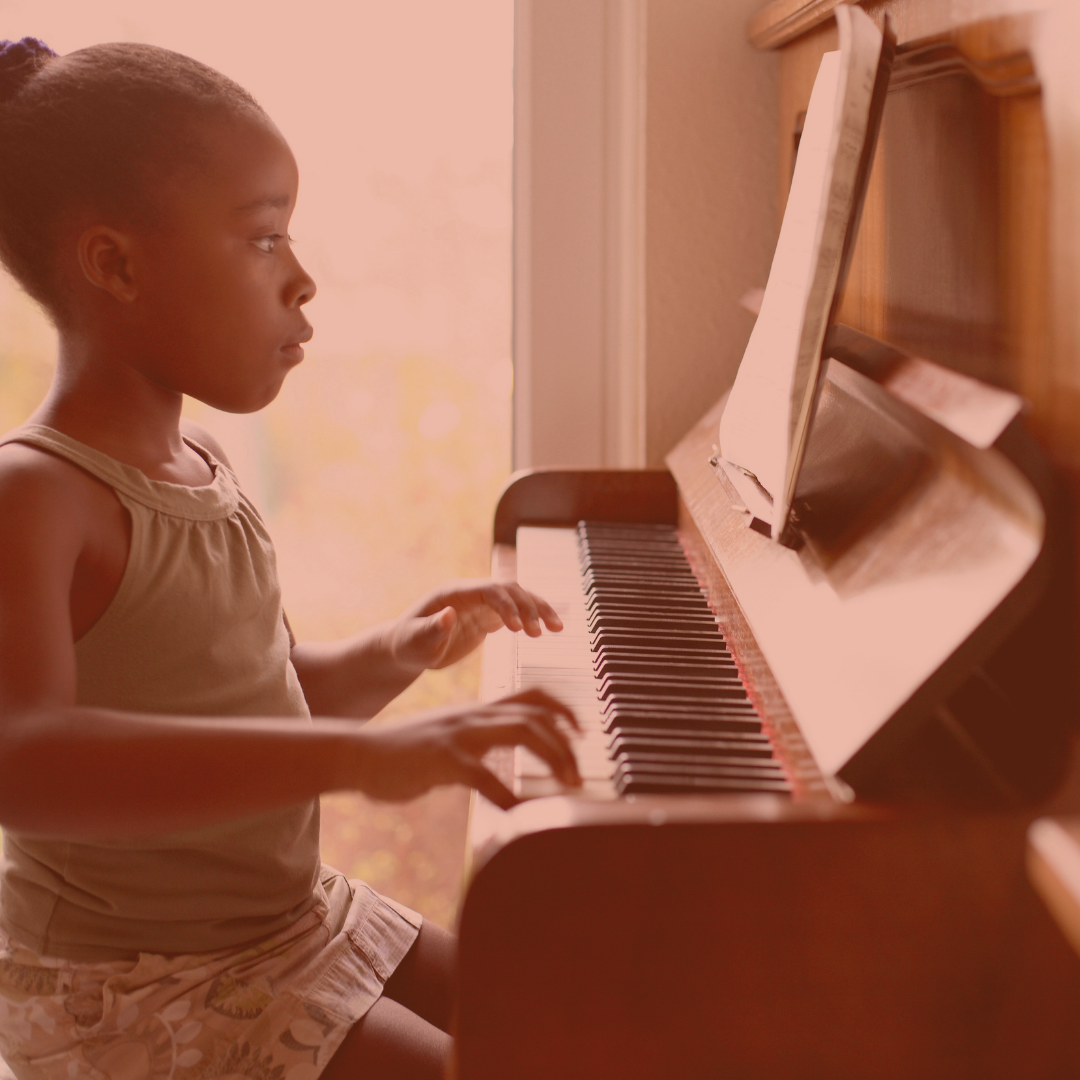
Reading Music vs. Memorizing
It is very common for beginning students to memorize music quickly or figure it out by ear, and stop actively reading the notes when playing. This is a natural tendency because we start with simple, stepwise songs (songs that go up and down a scale with no skips between the notes), with melodies and finger patterns that that are very easy to commit to memory.
It’s important to note that ear training and memorization skills are highly valuable skills! The challenge is that if students try to memorize music before they have really learned it (or just memorize bar by bar) they are not learning to sightread to their fullest capacity. When we approach harder material it will be difficult to read if the sight-reading skills haven’t been developed with the beginning material. This can lead to frustration and boredom when a student’s playing ability exceeds their reading ability.
Below are tips to make sure your student is actively reading the notes while playing:
Don’t stay too long on songs
Choose which songs are for practicing reading and which are the ones you will polish for performances.
Practice sight-reading exercises
Short sightreading exercises like these Giant Sight Reading cards from Pianimation can make a huge difference if done just a few minutes a day.
Hold the book over your student’s hands
Try holding the books so that your student can’t see the keys. A great preparation for this is to play a game where the student closes their eyes and tries to find the notes on the keyboard you call out (hint: find the groups of black keys first).
Analyze music without playing
Analyze which direction the notes are going in and whether they are steps or skips. This is a great preparation worksheet: Steps & Skips Worksheet (click to download). The more they understand the music, the easier it will be to read.
Help them follow along
Help your student keep their eyes on the music by following along with your finger. Eventually they will be able to follow along with just their eyes.
Stay at the right level
Every student learns sightreading at a different speed. Moving on too quickly can cause the student so much frustration and confusion that they stop looking at the notes. Work on songs that are just challenging enough that they need to keep their eyes on the page, but at a level the student can access.